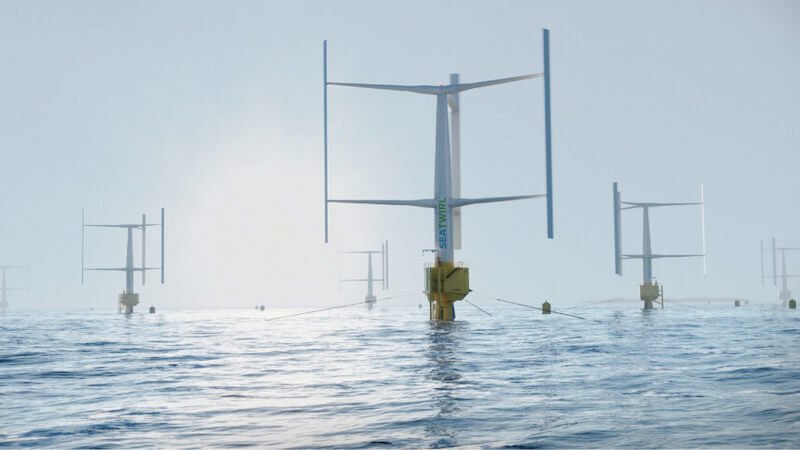
Current study results reveal that artificial intelligence can increase the efficiency of wind energy by up to 200 percent. So-called vertical wind turbines in particular should benefit from AI.
Wind turbines continue to be considered the backbone of a sustainable energy supply. Swiss researchers recently achieved another breakthrough in the efficiency of wind turbines using artificial intelligence (AI). Through their approach, they tripled the efficiency of common vertical wind turbines.
Due to their small space requirements and quiet operation, helical systems are likely to play a greater role in the future. However, the technology still has to contend with some problems. Vertical systems are often more susceptible to damage in strong winds.
At the same time, operators have to switch off the systems at low wind speeds. In addition, the wind turbines often cause noticeable vibrations. But instead of finding a solution to these problems themselves, the Swiss researchers simply fed an AI with the necessary data.
Vertical wind turbines: Artificial intelligence determines better profiles
The aim was to find the optimal settings for the rotor blades in order to increase both efficiency and robustness. The researchers used sensors to determine the influence of wind on blade performance at different rotor angles and wind speeds.
An AI algorithm then simulated more than 3,500 profiles based on the data and selected the best ones. Ultimately, the system identified two profiles that increased efficiency by 200 percent. At the same time, the configuration reduced vibrations by 77 percent, significantly improving the robustness of the systems.
Previous results only applied to laboratory tests
A central problem with vertical wind turbines is the so-called dynamic flow stall. In strong gusts of wind, this causes vortices that can damage the vertical rotor blades. The researchers' AI optimized the rotor blade settings so that there were hardly any vortices.
Rather, the wind turbine shed the vortices at the right moment, when the rotor blades were positioned at the correct angle. This also boosted energy production.
The results are so far only based on laboratory tests and calculations. Soon field tests will have to show whether the proposed improvements lead to better performance in the long term. However, the research results show to what extent artificial intelligence can radically reduce lengthy research processes.
Also interesting:
Source: https://www.basicthinking.de/blog/2024/04/13/kuenstliche-intelligenz-windkraft/


